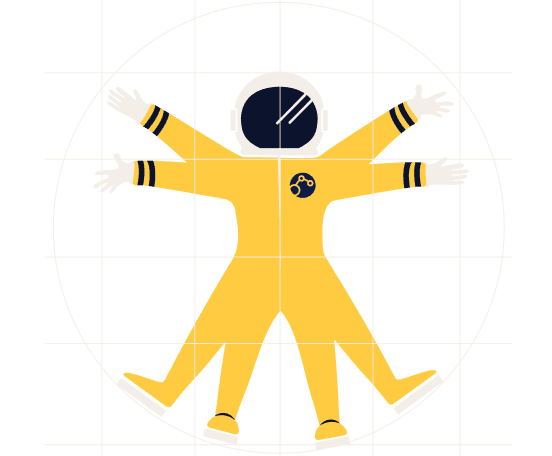
See how we produce optimal AI solutions for our clients.

A private research organization focused on evaluating the safety and effectiveness of medications. Their goal is to use advanced data analysis to support healthcare decisions and meet regulatory standards. For this project, they aimed to assess the safety of hydroxychloroquine, used alone or with azithromycin, for treating rheumatoid arthritis. The study focused on identifying short-term side effects and long-term risks, especially related to heart health and the use of multiple medications together. The client needed a data-driven approach to fill gaps in existing evidence by combining different clinical data sources, identifying patient groups with similar characteristics, and addressing factors that could affect treatment outcomes.
Published: January 21, 2025
Large data volumes are revolutionizing industries, including medical research. This influx of data enables observational studies that harness global statistical evidence. However, conducting such studies can be labor-intensive and prone to inconsistencies due to disconnected communication channels, like repositories, emails, forums, and chats. Moreover, adapting code to different environments during the execution phase can create unscalable and non-reusable analytical frameworks. In response, the OHDSI community is developing ARACHNE, an innovative platform designed to streamline observational research by fostering collaboration among life sciences, healthcare, academia, and organizations handling patient-level data.
Published: January 16, 2025
The OMOP CDM is widely recognized as the industry standard for observational health research. It provides a standardized data model that facilitates data integration and sharing across different sources, enabling researchers to conduct studies at scale. ATLAS is a central tool used for research within the OMOP CDM ecosystem, providing a user-friendly interface for querying the data model and creating visualizations. Building well-defined cohorts is a critical first step in conducting research using the OMOP CDM. By selecting and defining cohorts of patients with specific characteristics or conditions, researchers can ensure that their studies are focused and relevant, and can generate reliable evidence.
Published: January 16, 2025
We have extensive experience in automating mappings between medical coding and classification systems by computationally processing their semantic meaning, which can be extracted using NLP methodology or explicitly available from the classification model. Our successful applications include mappings made from ICD-10-PCS, LOINC, and ICD-O-3 systems for OHDSI OMOP Standardized Vocabularies.
Published: January 16, 2025
The client works in the financial sector, helping businesses simplify reporting, budgeting, and forecasting. Their tools use real-time data and smart technology to create accurate reports, plan for the future, and test different scenarios. With features like multi-company and multi-currency support, easy-to-use dashboards, and seamless ERP integration, their solutions are flexible and scalable, making them ideal for businesses of all sizes looking to improve financial processes and support growth.
Published: January 15, 2025
The client is a healthcare company focused on medical imaging and diagnostics, working to improve the diagnosis of lung diseases like tuberculosis and COVID-19. They wanted to create an AI-based algorithm that could detect abnormal changes in chest X-rays and automatically prioritize the most urgent cases. It helps to make the diagnostic process faster and more accurate by identifying abnormalities and highlighting critical cases. It reduces the workload for radiologists and pulmonologists by automating routine tasks, so they can focus on more complex cases. By solving issues like delayed diagnoses and heavy workloads, the solution ensures patients with serious conditions get quicker and more reliable care.
Published: November 28, 2024
For a video processing platform handling high upload volumes, we developed an automated, scalable pipeline using Python, AWS ECS, and Fargate. This smart solution dynamically scales, reduces resource waste, and enables seamless, hands-free video processing across formats—empowering the client to meet demand peaks effortlessly.
Published: November 5, 2024
The language learning platform adapts to each user’s progress, providing customized exercises and challenges. Gamification features like leaderboards, badges, and progress tracking make learning more engaging and enjoyable. From basic vocabulary to complex scripts like Mandarin and Arabic, the platform makes language learning both fun and effective.
Published: October 13, 2024
We teamed up with a Swiss agri-tech startup to build a platform that uses satellite images, radar data, and machine learning to give farmers a clear view of their crops. The system helps predict crop yields, spot weeds early, and estimate sugar content, giving farmers the info they need to boost their harvests and run their farms more efficiently.
Published: September 16, 2024
Our client, a technology company managing large data centers, faced recurring pump failures in their cooling systems, causing costly downtimes. By deploying an advanced anomaly detection system, we identified critical sensor patterns that allowed the maintenance team to address issues before they escalated. This led to a 30% reduction in false alarms and a 25% decrease in unplanned downtime.
Published: September 10, 2024